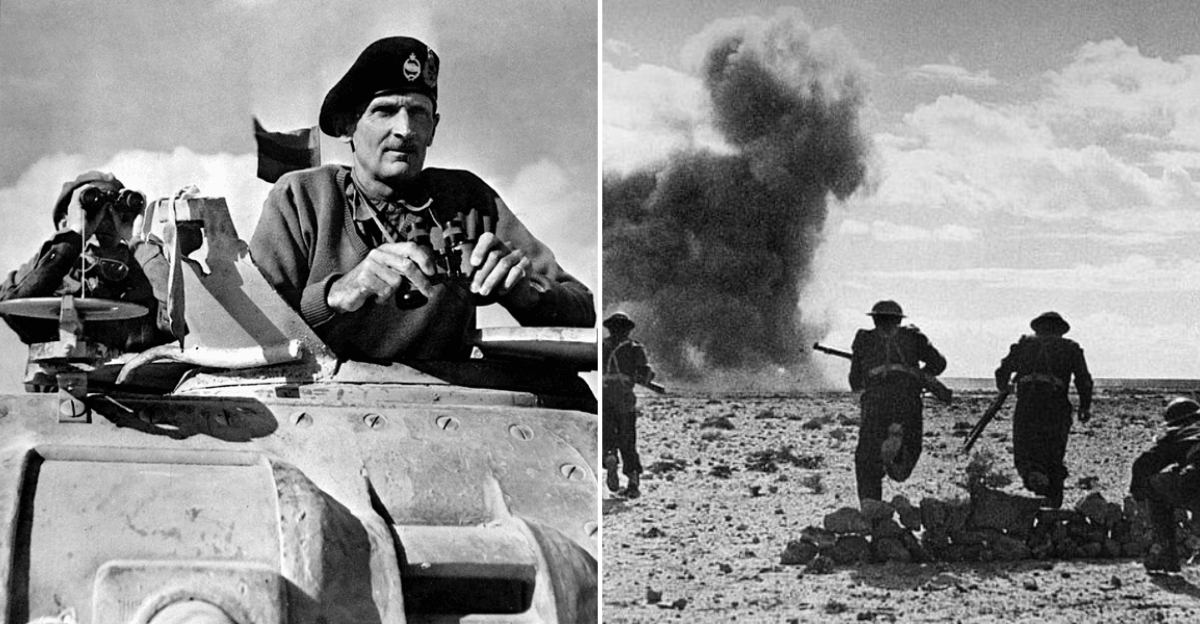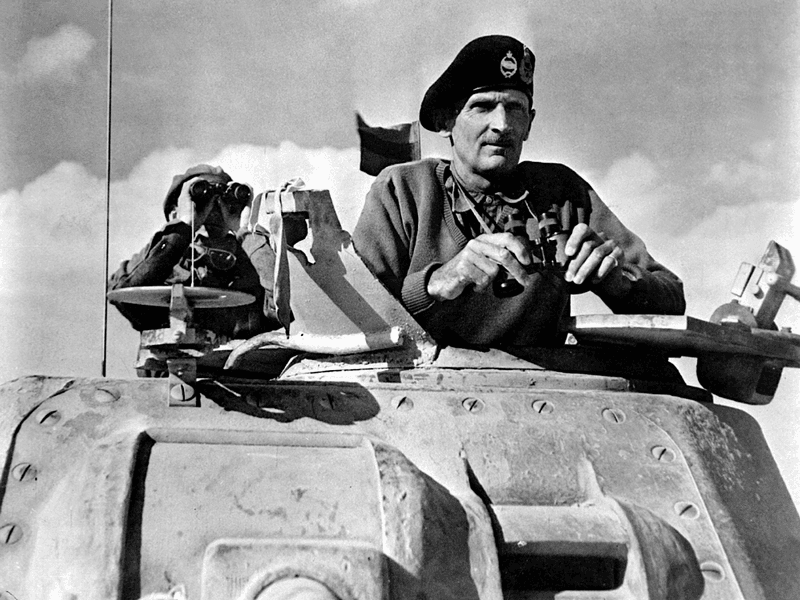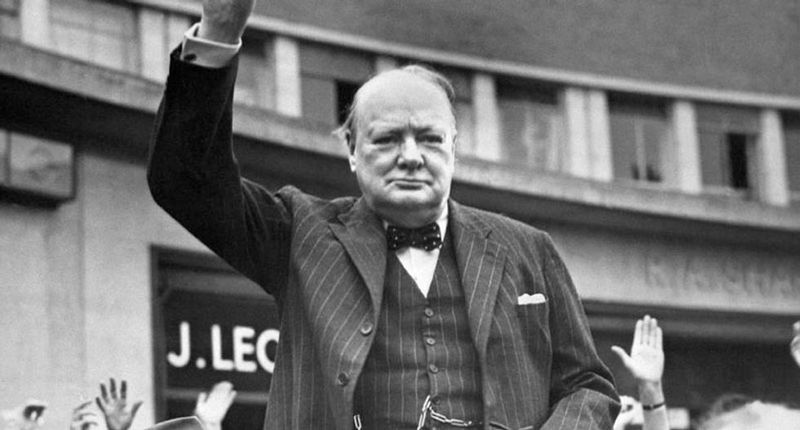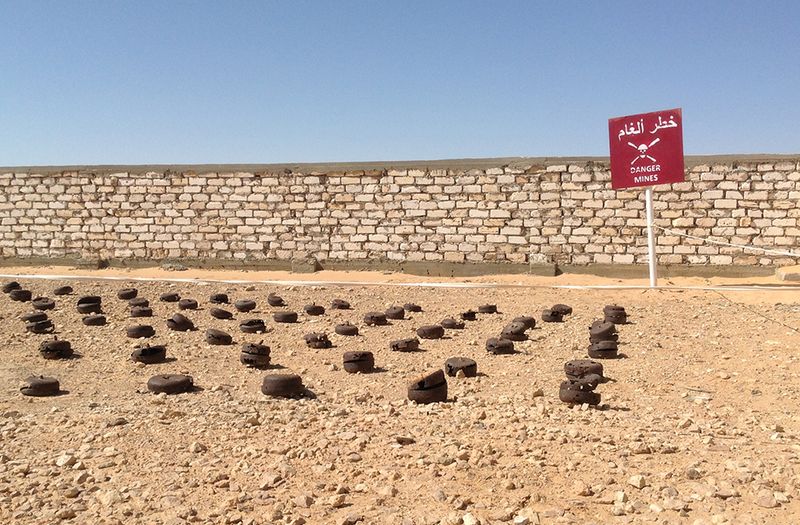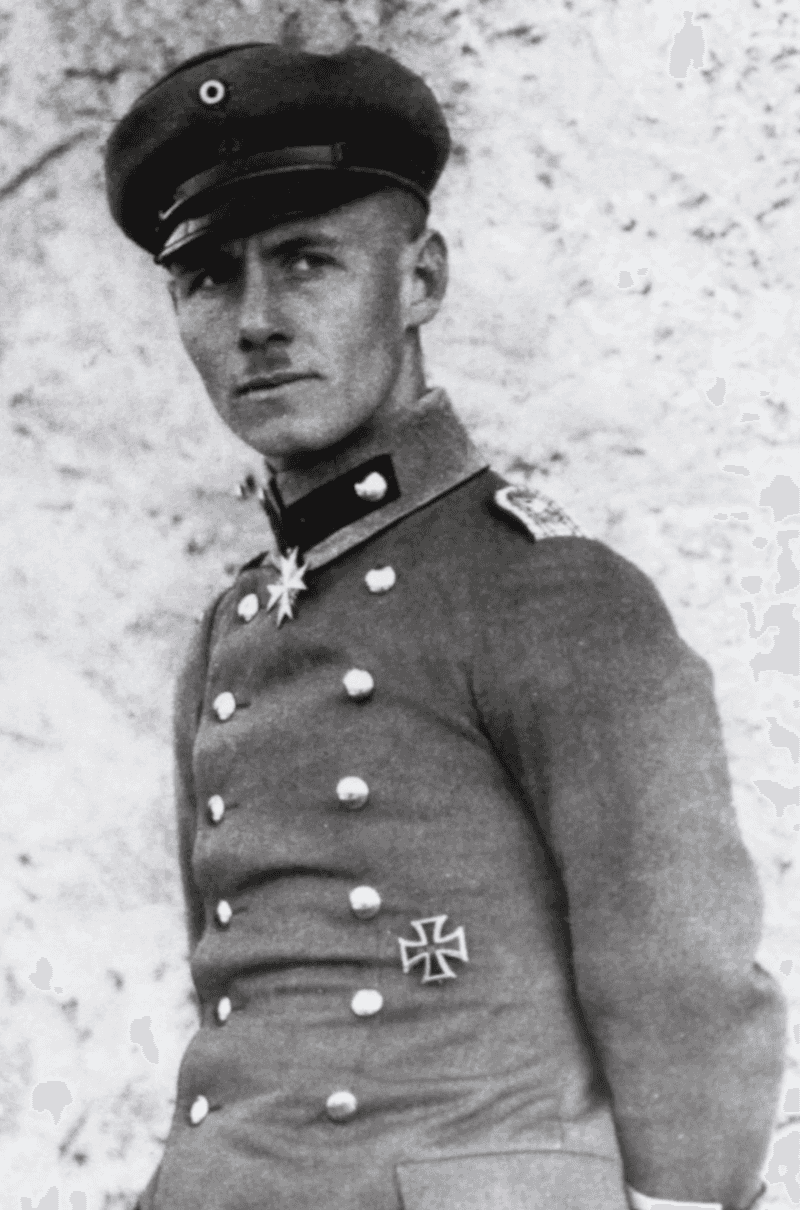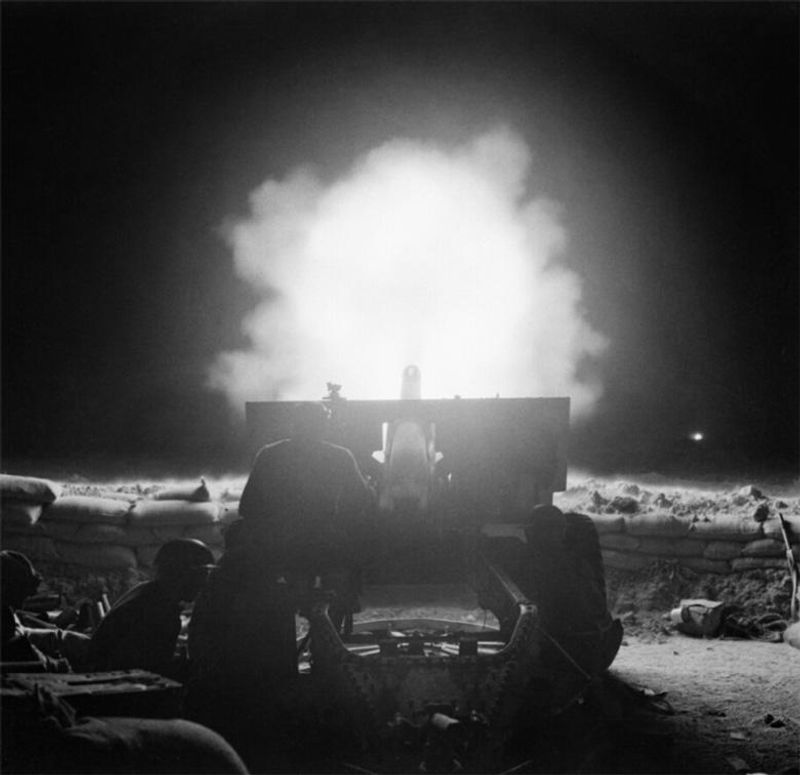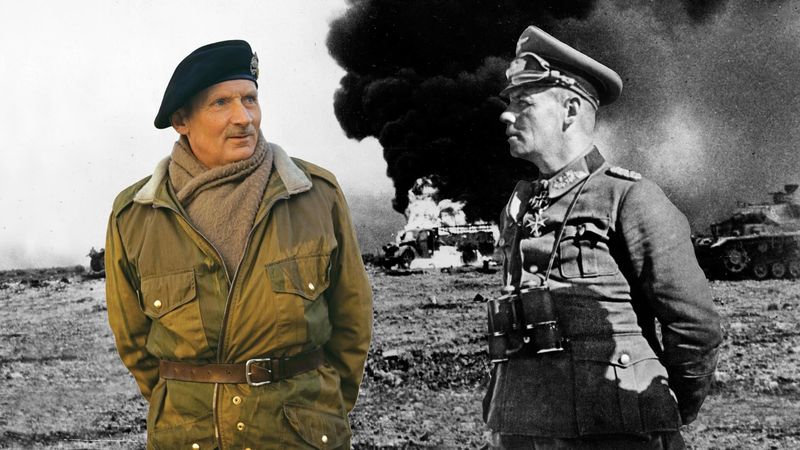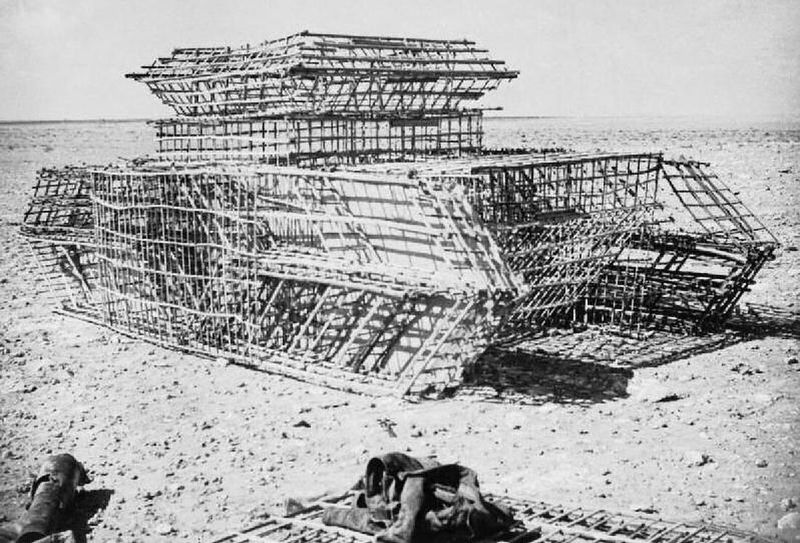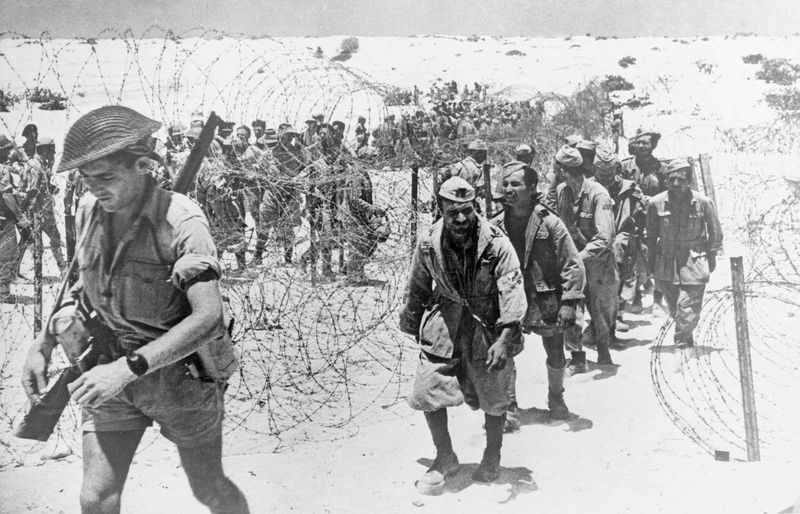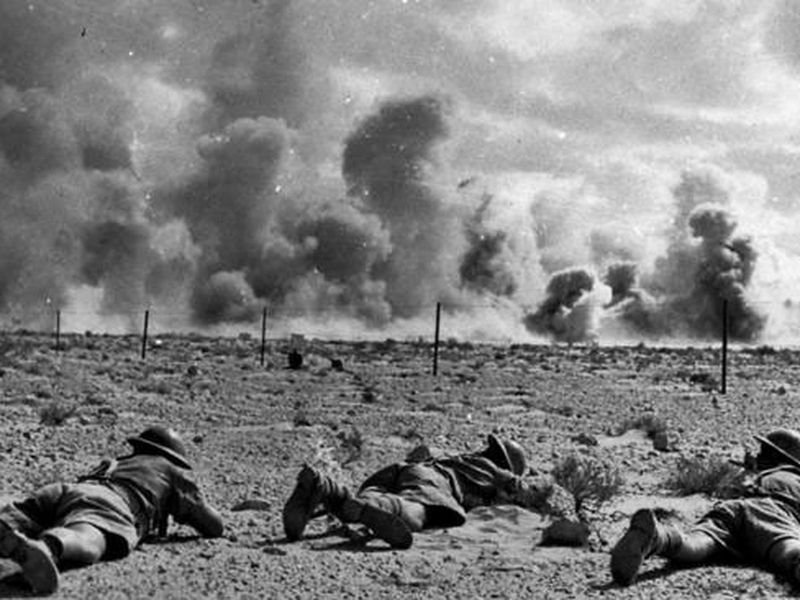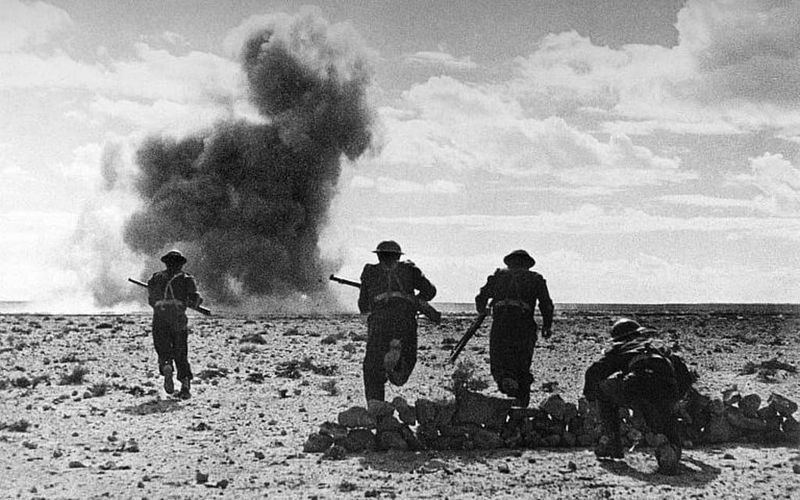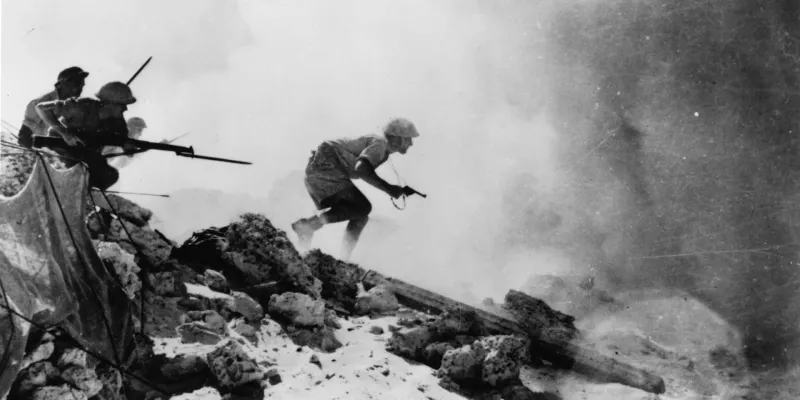The Battle of El Alamein wasn’t just another WWII skirmish—it was the turning point in the North African campaign. Fought under blistering desert heat and against the backdrop of global stakes, this clash of titans reshaped the war’s momentum. Here are 11 jaw-dropping facts that reveal just how pivotal—and intense—this desert showdown really was.
1. It Was the First Major Allied Victory Against Nazi Forces
The myth of Axis invincibility was shattered in the desert sands of North Africa. Before the Battle of El Alamein, German Field Marshal Erwin Rommel’s forces seemed unstoppable. In October 1942, British General Bernard Montgomery turned the tide.
This victory provided a significant morale boost to the Allied forces. The defeat was a severe blow to Hitler’s strategy, marking the start of a strategic withdrawal of Axis forces from Africa. The battle showcased Montgomery’s leadership, turning a desperate situation into a decisive victory.
2. Winston Churchill Called It the “End of the Beginning”
In a moment of profound insight, Winston Churchill marked the Battle of El Alamein with a phrase that resonated through history: “End of the Beginning.” This wasn’t just a victory; it was a turning point.
The words lifted spirits across Britain and the Allied world. Churchill’s eloquence captured the battle’s significance, emphasizing a new chapter in the war effort. His speech invigorated a weary public and reinforced the resolve to push forward against Axis powers, marking a decisive shift in momentum.
3. The Battlefield Was a Literal Death Trap
Imagine navigating a landscape riddled with half a million landmines, each step a potential last. The desert battlefield of El Alamein was notorious for its deadly traps.
Engineers faced the daunting task of clearing paths by hand, often under heavy enemy fire. This deadly garden, aptly named “the Devil’s Garden,” was a testament to the strategic complexity and danger of desert warfare, where bravery was matched with ingenuity in overcoming obstacles.
4. Rommel Wasn’t Even There at First
The absence of Field Marshal Erwin Rommel, the “Desert Fox,” during the battle’s crucial early stages was a twist of fate. On medical leave in Germany, Rommel was unable to lead his forces in person.
His deputies struggled without his tactical genius, leaving the Axis front vulnerable to Montgomery’s offensive. Upon his return, Rommel faced a deteriorating situation, highlighting the impact of leadership and the precarious balance of war.
5. It Featured One of the Largest Artillery Barrages of the War
The night of October 23, 1942, witnessed an awe-inspiring display of firepower. Nearly 1,000 Allied guns unleashed a synchronized barrage that shattered the silence of the desert night.
This overwhelming artillery assault devastated Axis defenses, marking the beginning of the battle. The magnitude of this bombardment underscored the Allies’ commitment to breaking Axis lines, a testament to coordination and strategic planning that would echo through the annals of military history.
6. It Was a Clash of Legendary Commanders
In the sands of Egypt, two military titans faced off. Bernard Montgomery and Erwin Rommel were more than commanders; they were icons of military strategy.
Their confrontation was a psychological duel, rich with propaganda and cunning. Both men understood the art of deception and maneuver, making El Alamein a textbook example of tactical brilliance. This clash not only defined a pivotal moment in WWII but also immortalized these leaders as legends.
7. Deception Was Key to Victory
Operation Bertram was a masterstroke in military deception. The Allies crafted a web of fake tanks and dummy camps to mislead the Axis about their true intentions.
By convincing the enemy that the attack would come from the south, the Allies struck from the north, catching Axis forces off guard. This strategic ruse was crucial to their success, exemplifying the war’s intricate chess game and the fine line between perception and reality.
8. The Battle Lasted 13 Brutal Days
For 13 relentless days, the desert became a theater of chaos. From October 23 to November 4, 1942, forces clashed under harsh conditions.
Sandstorms, searing heat, and unyielding combat tested the resolve of every soldier. Each day was a struggle for survival and supremacy, with every inch of ground fiercely contested. The duration and intensity of the battle underscored the depth of sacrifice and determination on both sides.
9. Over 70,000 Casualties Were Reported
The human cost of El Alamein was immense. Over 70,000 soldiers were reported killed, wounded, or captured, a testament to the battle’s brutality.
Despite the staggering loss of life, the victory was instrumental in saving countless others by hastening the end of the war. The sacrifices at El Alamein served as a stark reminder of the human toll of war, where every casualty was a story of courage and commitment.
10. It Secured the Suez Canal—and the Oil Beyond
Securing the Suez Canal was more than a military objective; it was a strategic necessity. The canal was a lifeline for British imperial trade and a conduit for Middle Eastern oil.
By holding this critical passage, the Allies prevented Axis expansion into vital energy resources, maintaining a stranglehold on their supply lines. El Alamein was a strategic victory that not only safeguarded a geographical asset but also preserved the Allies’ economic and military interests.
11. It Sparked the Collapse of Axis Forces in Africa
The ripple effects of El Alamein were felt across the continent. The defeat marked the beginning of the end for Axis forces in North Africa.
Following the battle, Allied forces pushed westward, culminating in the surrender of German troops by May 1943. The once-dominant Axis presence in Africa crumbled, signaling a shift in the war’s trajectory and foreshadowing Allied victories to come.
